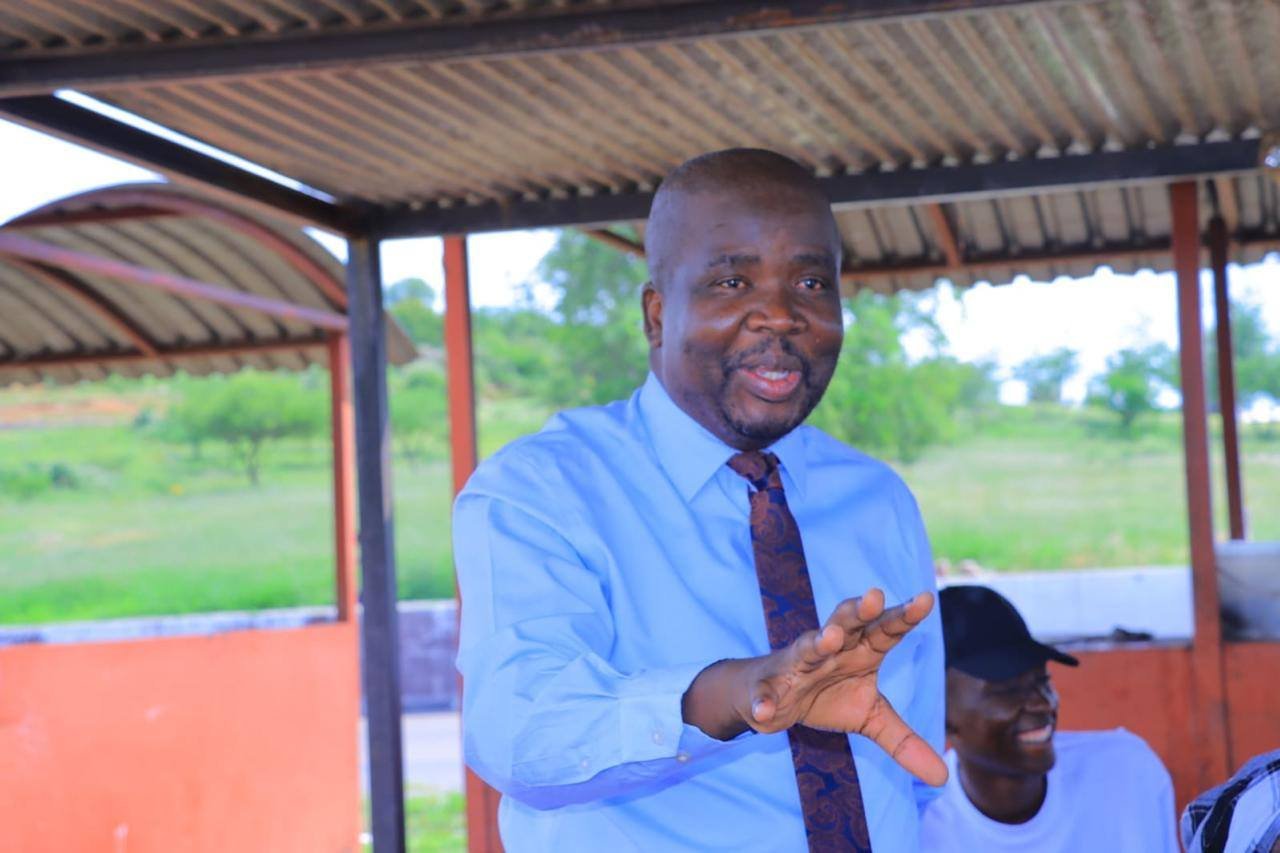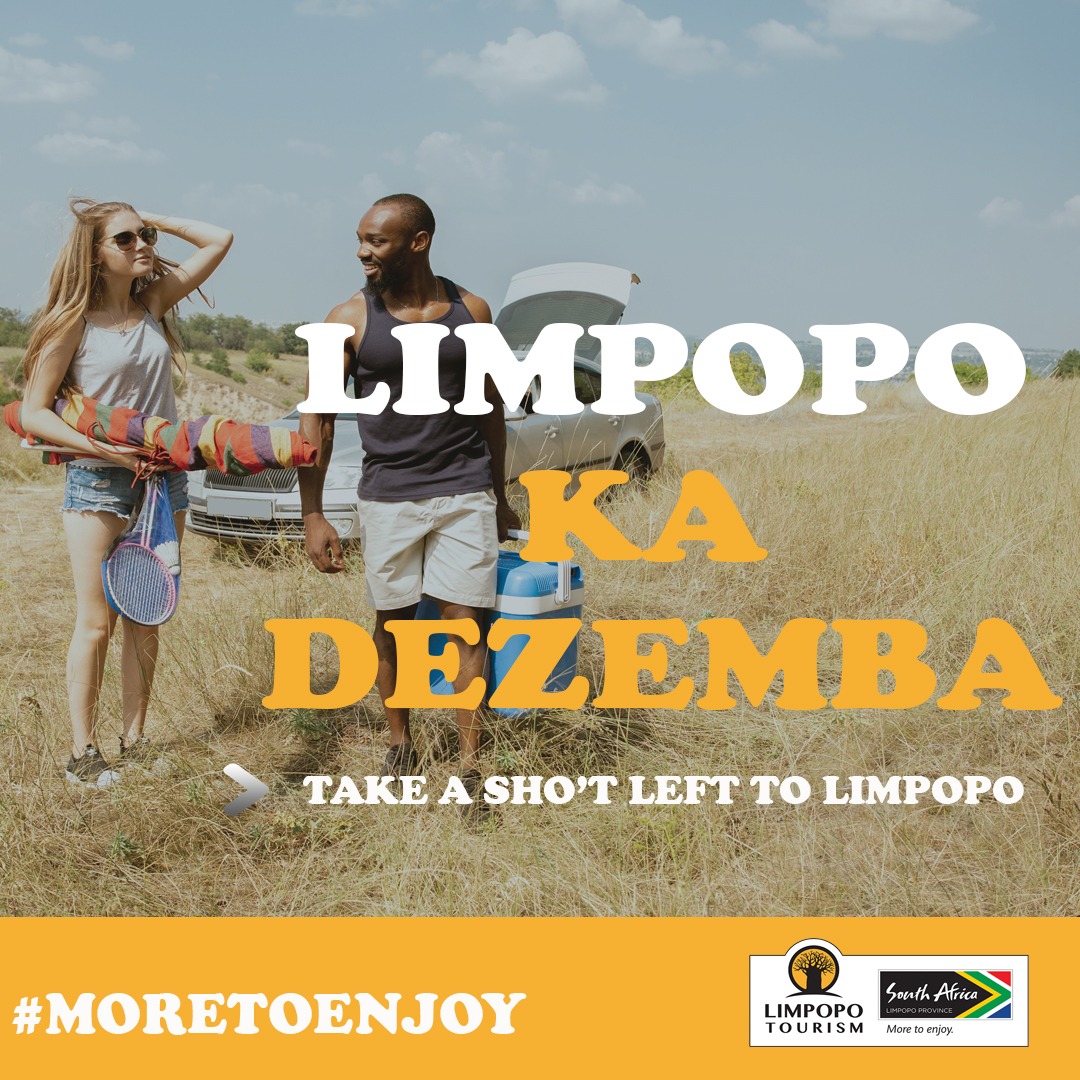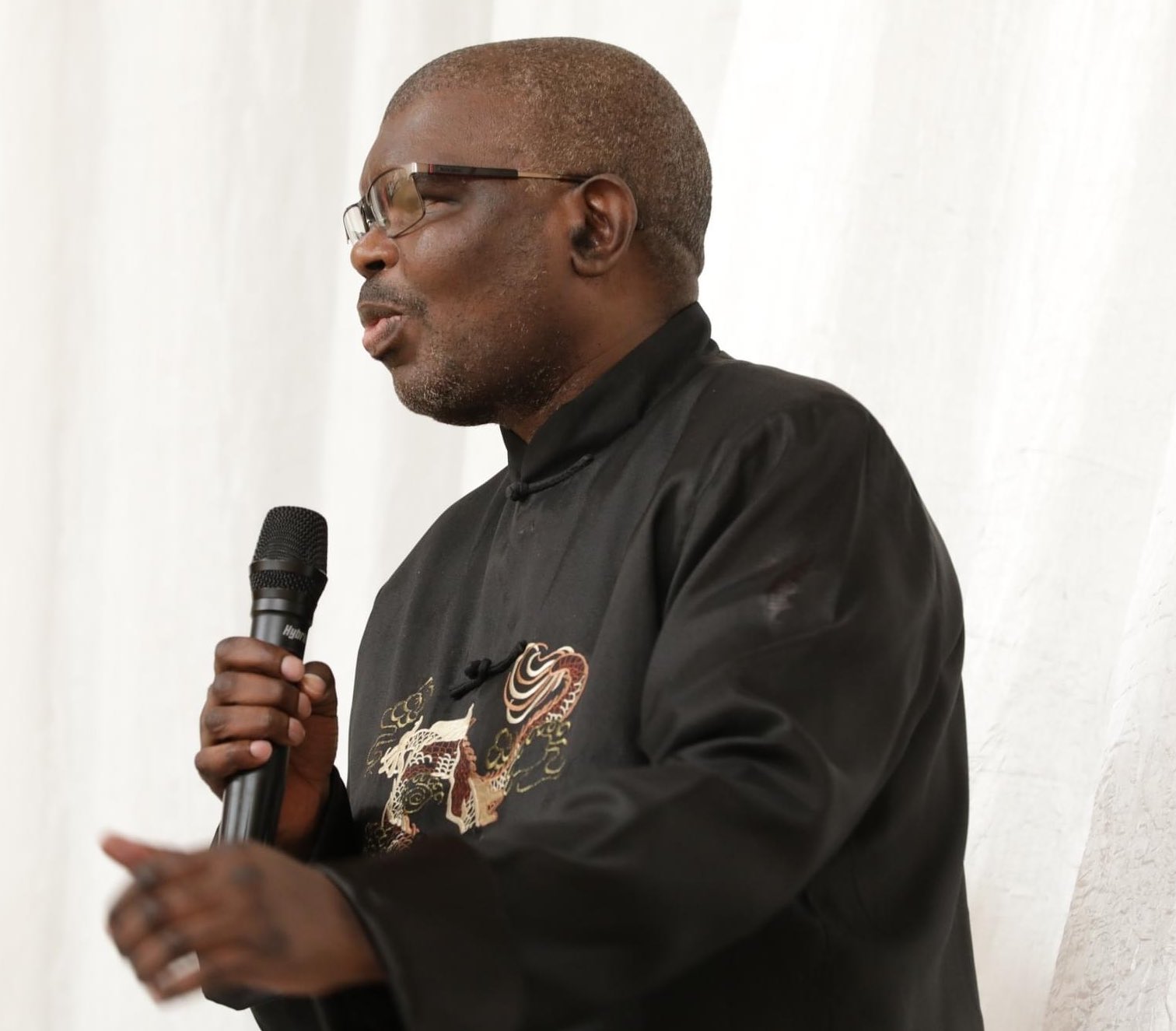-
 UMP’s ambition to position SA as a leading rice exporter
UMP’s ambition to position SA as a leading rice exporter
-
 Polokwane mayor’s gobbledygook on R41.2 million refund to developer
Polokwane mayor’s gobbledygook on R41.2 million refund to developer
-
 Transnet’s loses yet another application to push Gijima Holding’s from IT contract
Transnet’s loses yet another application to push Gijima Holding’s from IT contract
-
 Fetakgomo Tubatse municipality dumps consultants and still keeps a good financial record
Fetakgomo Tubatse municipality dumps consultants and still keeps a good financial record
-
 Limpopo government finishes sixth traditional office in 2025/26
Limpopo government finishes sixth traditional office in 2025/26
-
 Masoga approaches High Court to clear his name on allegations of corruption at MMSEZ
Masoga approaches High Court to clear his name on allegations of corruption at MMSEZ
-
 Municipal manager’s bid to attach CFO’s pension fails
Municipal manager’s bid to attach CFO’s pension fails
-
 Visit Limpopo Ka Dezemba – Premier Ramathuba
Visit Limpopo Ka Dezemba – Premier Ramathuba
-
 ‘Sacking of our Mpumalanga chairperson is a rumour’ – SACP
‘Sacking of our Mpumalanga chairperson is a rumour’ – SACP
-
 SA needs R499bn annually to achieve its climate change targets
SA needs R499bn annually to achieve its climate change targets
UCT researchers use cutting-edge technology to identify human remains
Sizwe sama Yende
The University of Cape Town’s (UCT) research has provided new insight into positively identifying human remains using cutting-edge technology.
The research has come at better time as South Africa has an on-going challenge of identifying unknown human remains, which was worsened by the country’s high murder rate.
Professor Victoria Gibbon, collaborator Dr Devin Finaughty and PhD student, Dr Kara Adams, used large pigs for their research because human bodies are not permitted for use in taphonomic research in the country.
Pigs are regularly used globally for human analogues because they are anatomically similar to human beings.
The PhD research included two parts, and it was published in the International Journal of Legal Medicine under the title – Forensic taphonomic experimental design matters: a study assessing clothing and carrion biomass load on scavenging in Cape Town, South Africa.
For the first part, Adams collected forensically relevant data and incorporated six single, clothed porcine bodies, weighing 60 kg each, into her research methodology.
She dressed the pigs in common clothing items used for local medico-legal cases. These season-specific items included underwear, cotton t-shirts, denim pants and leather belts, as well as socks, shoes and jerseys. Each piece of clothing was tailored to fit the six pigs and Adams examined their decomposition over a period of 18 months (between July 2021 and March 2023) to draw her conclusions.
Once she obtained the porcine bodies, Adams needed to examine the decomposition process. She placed two in a peri-urban habitat (Delft) and four in a suburban habitat (Rosebank) in Cape Town, during the summer and winter months.
Each porcine body was placed on an autonomous weighing apparatus. The apparatus automatically recorded the weight of each pig every evening, and cameras placed around the carcasses monitored any scavenging activities.
The rate of decomposition is significantly influenced by vertebrate scavenging, which, if not considered, can impede the accurate estimation of the post-mortem interval.
Adams’ research findings indicate that the decomposition process was delayed significantly during the winter season and expedited in summer. This, she explained, also meant that clothing types and seasonality affect the decomposition process.
Interestingly, on the peri-urban research site, Adams said, a Cape grey mongoose that scavenged the area also played an integral role in the porcine bodies’ quick decay.
“The scavenging by the Cape grey mongoose accelerated the decomposition process in Delft. In Rosebank there were no mongooses present, which means it took a lot longer for the porcine bodies there to start decomposing,” she said.
“These results advocate for using single, clothed porcine bodies, deployed across multiple seasonal trials in forensically significant locations to produce data that can be considered forensically realistic,” Adams added.
Precocious mummification
During the second part of her research undertaking, Adams used the porcine bodies to study precocious mummification (natural mummification that occurs in less than a month) – a unique phenomenon in the Western Cape.
Printed computing boards were inserted into each carcass’s tissue to measure and record the tissue moisture content during 15-minute intervals.
Adams said the results were then analysed using generalised additive modelling, which included environmental conditions like the temperature and rain to help her establish how environmental factors influence desiccation.
This leg of her research project was particularly special because it forms part of the first qualitative assessment of desiccation that has ultimately led to precocious mummification.
“This research provides valuable insights. Desiccation in summer appeared to follow an exponential decline and temperature was the most influential environmental factor. This data collection demonstrates the potential of using accumulative degree days and moisture content to estimate the post-mortem interval,” Adams said.
An automated field site
The cutting-edge technology used in this study was instrumental in reaching the array of research conclusions, which Adams described as a huge blessing, but at times also “a challenge”.
“We made use of numerous autonomous technological advances to collect the forensic taphonomic data at our sites. This was crucial as we move towards a more standardised method of data collection within the field. But as with trialling any new technology, there are always some challenges along the way. Thankfully, we could sort those all out,” she said.

